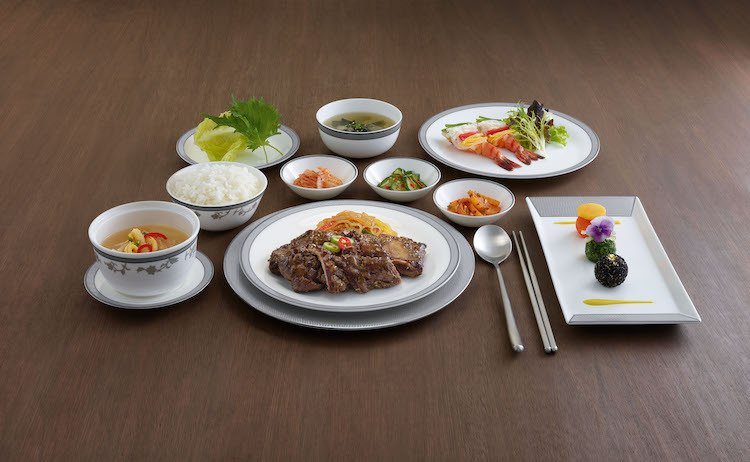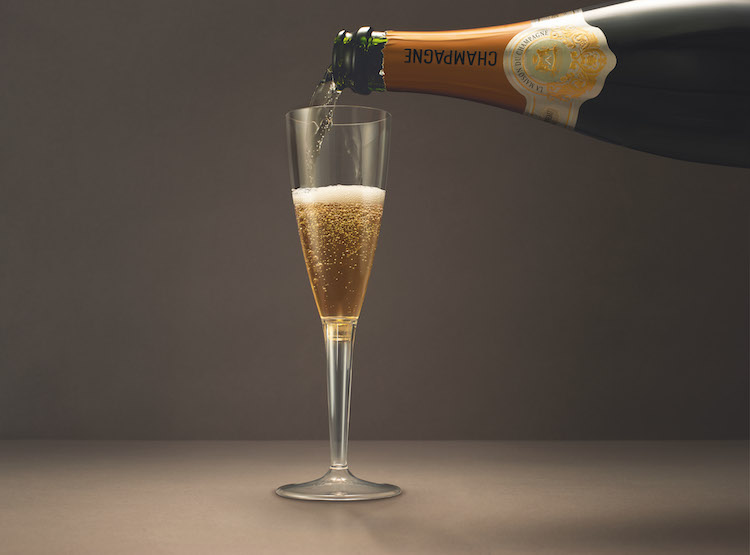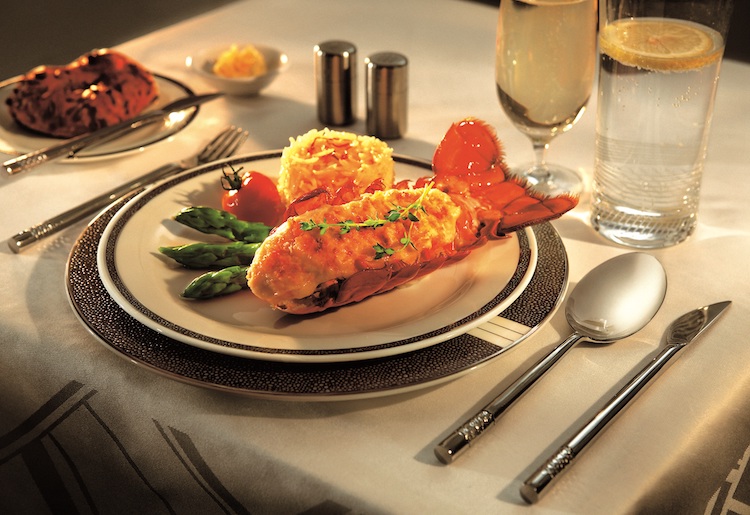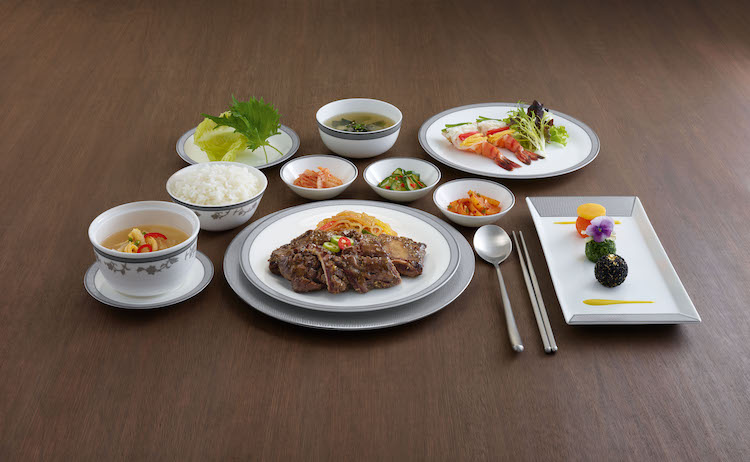How Singapore Airlines Combats Bland Airplane Food And Drink
If you've ever been snacking on an airplane and realized that pre-packaged sandwich or that glass of chardonnay you ordered doesn't taste as flavorful at 30,000 feet in the air as it did back on flat land, you weren't wrong. There is actually a reason that your airplane meals usually taste pretty bland. But instead of letting your taste buds suffer, Singapore Airlines has figured out a solution that involves extensive flavor testing and even sampling in a pressurized room.
25 Crazy Facts About Airplane Food
"You're not as sensitive to food [flavors during a flight] because your mouth is not producing as much saliva," Singapore Airlines' wine expert Jeannie Cho Lee explained to The Daily Meal during a recent visit to Singapore at the invitation of the airline. The wine critic and author (and the first Asian person to be awarded the prestigious "Master of Wine" title) says a lack of moisture in your mouth not only dulls flavors in food but can also affect the way your drinks taste, too — especially with wine.
Flying affects wine much differently from how it affects food, in that it actually accentuates rather than dulls certain flavors. "Air pressure and your own lack of hydration and water makes the wines taste more tannic and more acidic," Cho told us. Because of this, Singapore Airlines' wine experts select wines that will hold their vibrancy and won't turn aggressively astringent during flights.
The team tests nearly 1,000 wines, including red, white and sparkling, before making their final selection, and they continue to test their choices when they fly.
"We try our best to choose wines that can still express themselves well in the air. We taste all the wines we've chosen when we're up in the air, to see how they fly. So we always try to find wines that are a little bit more vibrant in terms of flavor and fruit characteristics," Cho revealed. The airline's current wine list includes wines from France, Italy, Germany, Australia, New Zealand and the U.S.
It's not just an airline gimmick. Scientists agree that your meals actually taste different when you're in a pressurized, dry airplane. "Food and drink really do taste different in the air compared to on the ground," Charles Spence, a professor of experimental psychology at Oxford University, told the BBC. "There are several reasons for this: lack of humidity, lower air pressure, and the background noise."
Rick Stephen, the kitchen director for SATS Food — which makes and supplies all of Singapore Airlines' food — showed The Daily Meal a simulated plane cabin room inside the SATS facility. The tiny room contains a replicated airplane kitchen and a dining area that catering staff use to prepare and sample recipes made by Singapore Airlines' International Culinary Panel of eight chefs — and it's uniquely equipped to ensure that the food maintains its flavor even in the air.
It takes the small room 30 minutes to become fully pressurized before the team can begin to test making and sampling the food for the next hour. While they can't make major changes to the chefs' creations, the SATS team is allowed to spark up the dish with little pinches here and dashes there if they feel that it's lacking a little flavor once it's in the air.
"On the new items, we cannot change the recipe, but sometimes we have to make adjustments because they are not tested at 30,000 feet," Stephen told us. "So we have to tweak it a little bit, just change it slightly — but with chef's permission."
Stephen also advised us that in order to keep our food and alcohol tasting their freshest, we should hydrate often. "What you should be drinking is water," Stephen told The Daily Meal. "Every time you have a glass of alcohol, you should have a glass of water. Because what happens when you start to dry up is your taste buds change." Whether you're in the air or on the ground, if you can't taste your food, it might mean that you're dehydrated — here's how to hydrate fast.
Travel expenses as well as food and drink samples for this story were provided by Singapore Airlines at no cost to the writer.



